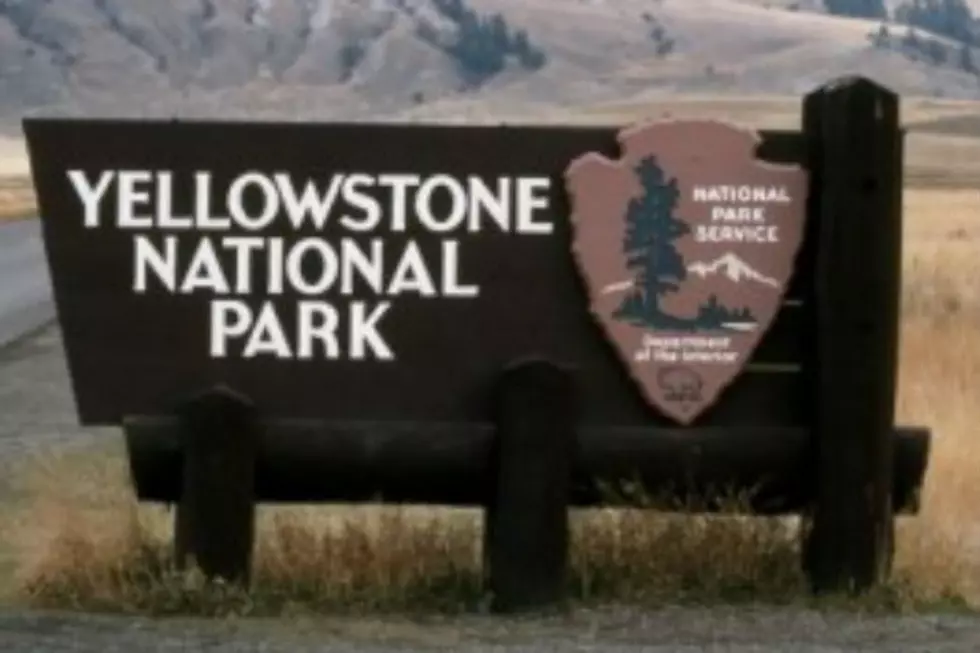
Yellowstone Roads Are Open; Watch Out for Wildlife
MAMMOTH HOT SPRINGS, WY – Yellowstone National Park officially crawls out of its winter hibernation today.
The Park now has opened certain roads, weather permitting, and they will stay open until Nov, 1, according to a news release.
As an incentive to visit the world's first national park, the Park will waive entrance fees on Saturday to celebrate National Park Week.
These are the roads open now:
- West Entrance in West Yellowstone, Montana, to Old Faithful by way of Madison Junction.
- Mammoth Hot Springs to Old Faithful by way of Norris Junction and Madison Junction.
- Norris Junction to Canyon Village.
Come May, the Park will be opening these roads with no restrictions, weather permitting:
- North Entrance at Gardiner, Montana.
- Northeast Entrance at Silver Gate and Cooke City, Montana.
A historic flood last June severely damaged both roads which have been repaired.
(The news release did not say if the South Entrance is open. The Park's office is closed today, so this won't be known until next week.)
Four major road improvement projects will occur this year. and all will cause delays:
- Lewis River Bridge.
- Old Faithful to West Thumb.
- Yellowstone River Bridge.
- Northeast Entrance Road.
Visitors should plan accordingly for these delays located along the park’s southern and northern road corridors.
Drive slowly through road construction and be alert to workers, heavy equipment, wildlife and other hazards.
Speaking of being careful, watch out, and do not crowd nor push wildlife as they emerge from their winter habitat.
Bison, elk and moose are stressed and weak due to a severe winter of above-average snowpack and continued cold temperatures. Be mindful as they endure this hardest part of the year.
Bison and elk often use roads as travel corridors when the snow is deep, and higher than usual snowbanks this year prevent them from easily moving off the roads.
Stay at least 100 yards away from bears and wolves, and 25 yards from all other wildlife.
There may be a high number of winter-killed carcasses due to the severity of the winter. When bears emerge from hibernation, they look for food and often feed on elk and bison that died over the winter.
Sometimes, bears will react aggressively to encounters with people when feeding on carcasses. Protect yourself and bears. Stay alert, carry bear spray and know how to use it. Learn more about bear safety here.
Come prepared.
Services in the spring are limited.
Visit Operating Hours & Seasons for area-specific services.
Stay informed and watch for quickly changing weather conditions and the possibility of temporary road closures. Many areas of the park are still experiencing winter conditions and snow and ice may cover sections of road.
Finally, don't pet the fluffy cows.
